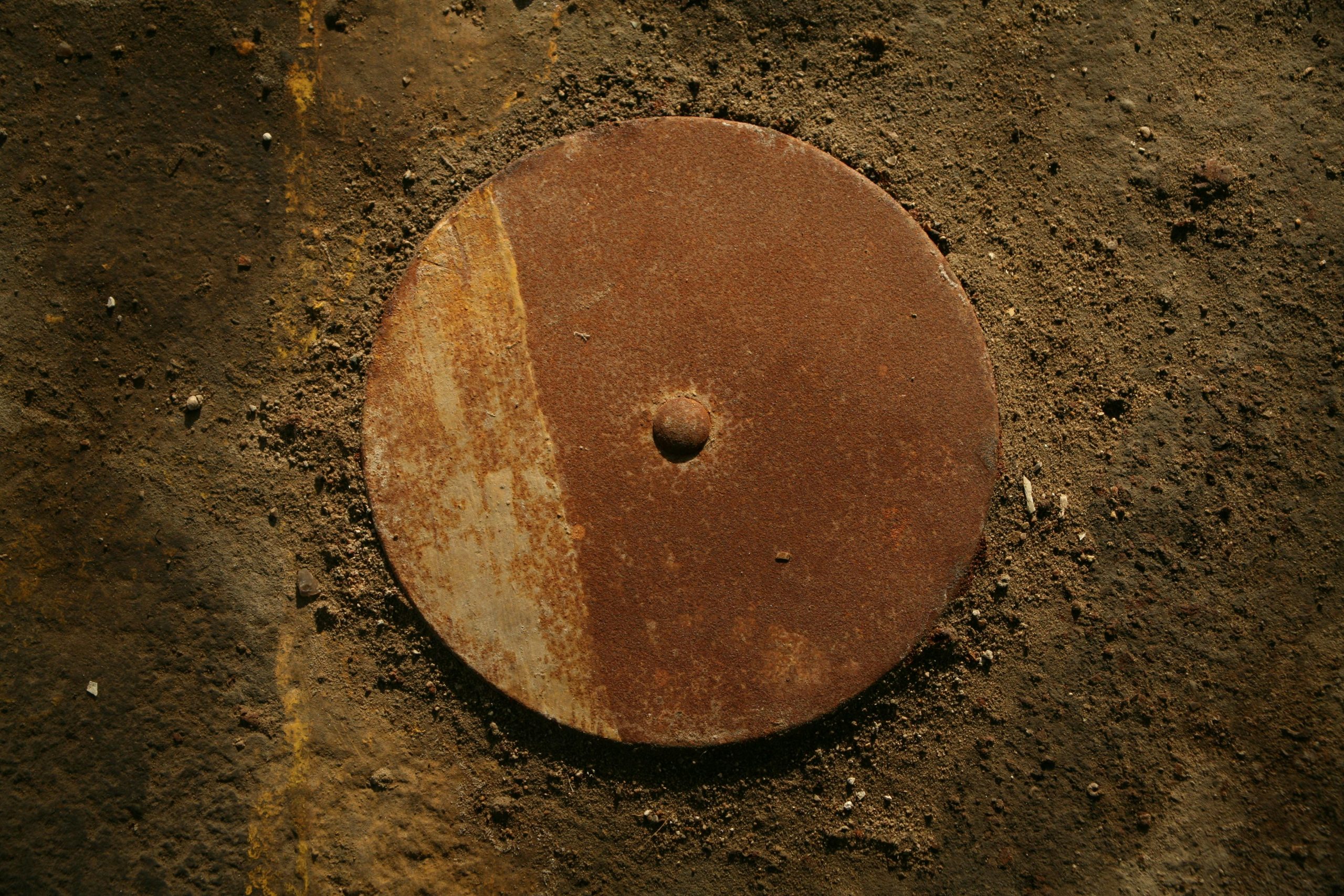Troubleshooting SSD Issues: Which Software Can You Trust?
Hello, tech enthusiasts!
Today, I want to discuss a common dilemma faced by many computer users: how to assess the health of your SSD. Recently, I encountered some issues with a second hard drive that I’ve been using—a Teamgroup T2532TB (CX2 classic SSD).
To evaluate its condition, I utilized two different software tools: Hard Disk Sentinel and CrystalDiskInfo. After running the diagnostics, I was left wondering: which program provides the most accurate information about my SSD’s status?
This situation has sparked a debate within the tech community regarding the reliability of disk monitoring software. Users often find discrepancies in the readings and wonder which data should be trusted.
Key Considerations When Evaluating SSD Health
-
Software Reliability: Each software has its methodology for analyzing disk health. It’s essential to consider user reviews and expert opinions on the performance of these tools.
-
Understanding Reports: Sometimes, the indicators shown can be misinterpreted without proper knowledge. Familiarize yourself with the terminology and what each parameter means to draw informed conclusions.
-
Cross-Referencing Data: If you see conflicting information from different programs, it may be beneficial to look for a third option or consult the manufacturer’s diagnostic tools that are often more precise.
-
Seek Community Insights: Engaging with online forums, such as dedicated tech subreddits or computer hardware communities, can offer insights from users who have faced similar issues.
Ultimately, deciding which software to trust requires balancing technical knowledge with community feedback. If you’ve encountered similar concerns, feel free to share your experiences and insights. Together, we can navigate the complexities of SSD diagnostics and ensure our drives are in optimal condition.
Happy computing!
Share this content:




Thank you for sharing your experience with diagnosing SSD health. When evaluating diagnostic software like Hard Disk Sentinel and CrystalDiskInfo, it’s important to remember that each tool may have different methodologies and reporting standards. To ensure the most accurate assessment, consider the following:
By combining multiple diagnostics and understanding the significance of specific parameters, you can make a more informed decision about your SSD’s condition. If discrepancies persist, consulting your drive manufacturer’s support or seeking professional advice can further clarify your drive’s health status.
Hope this helps! Feel free to share your findings or ask further questions about SSD diagnostics.